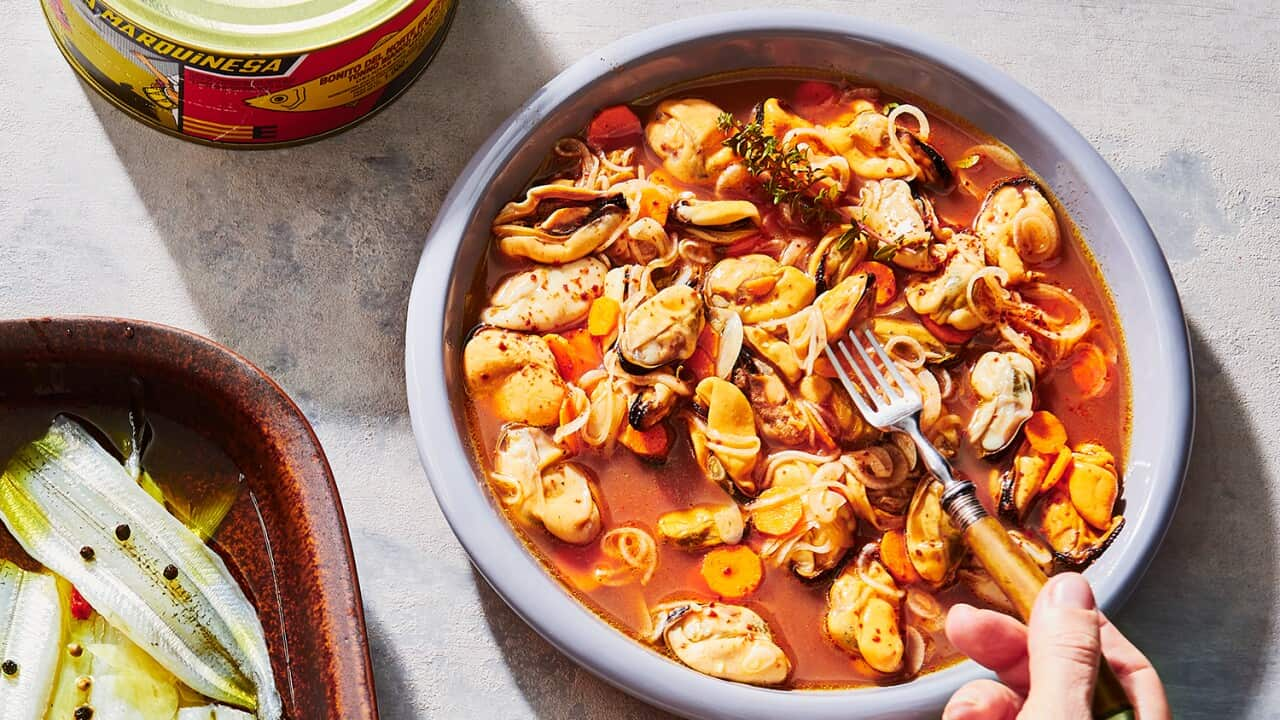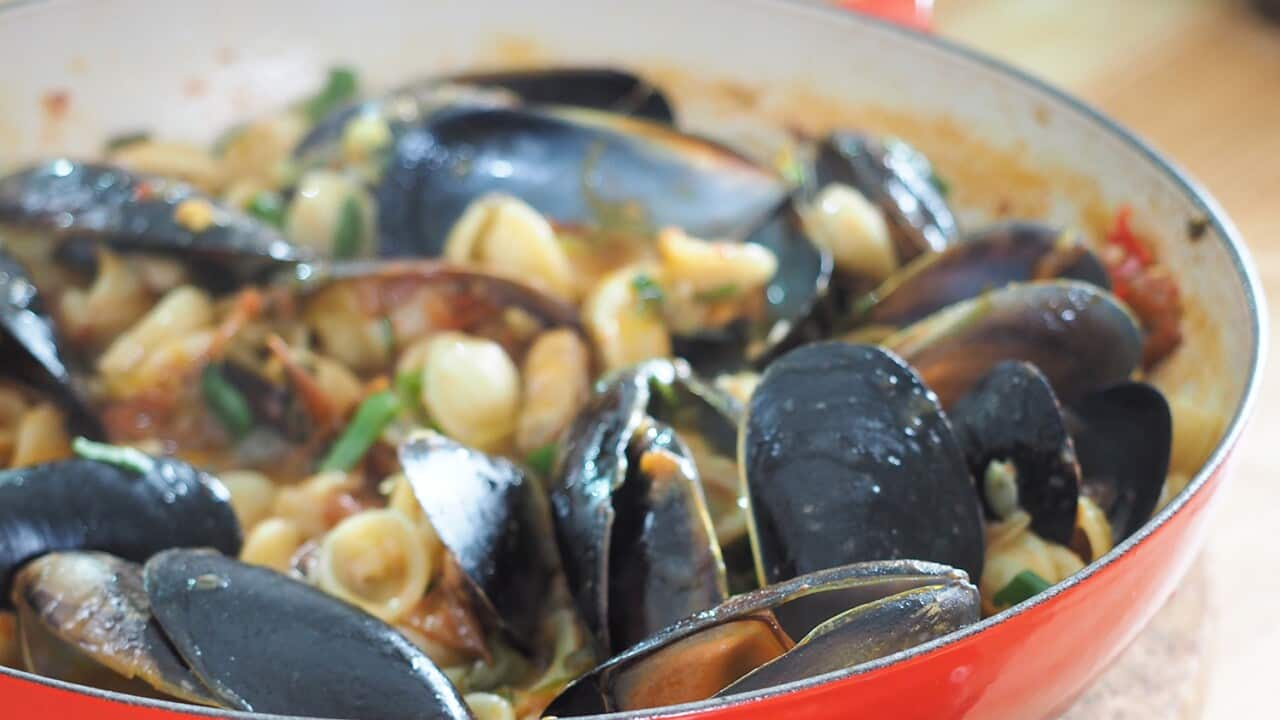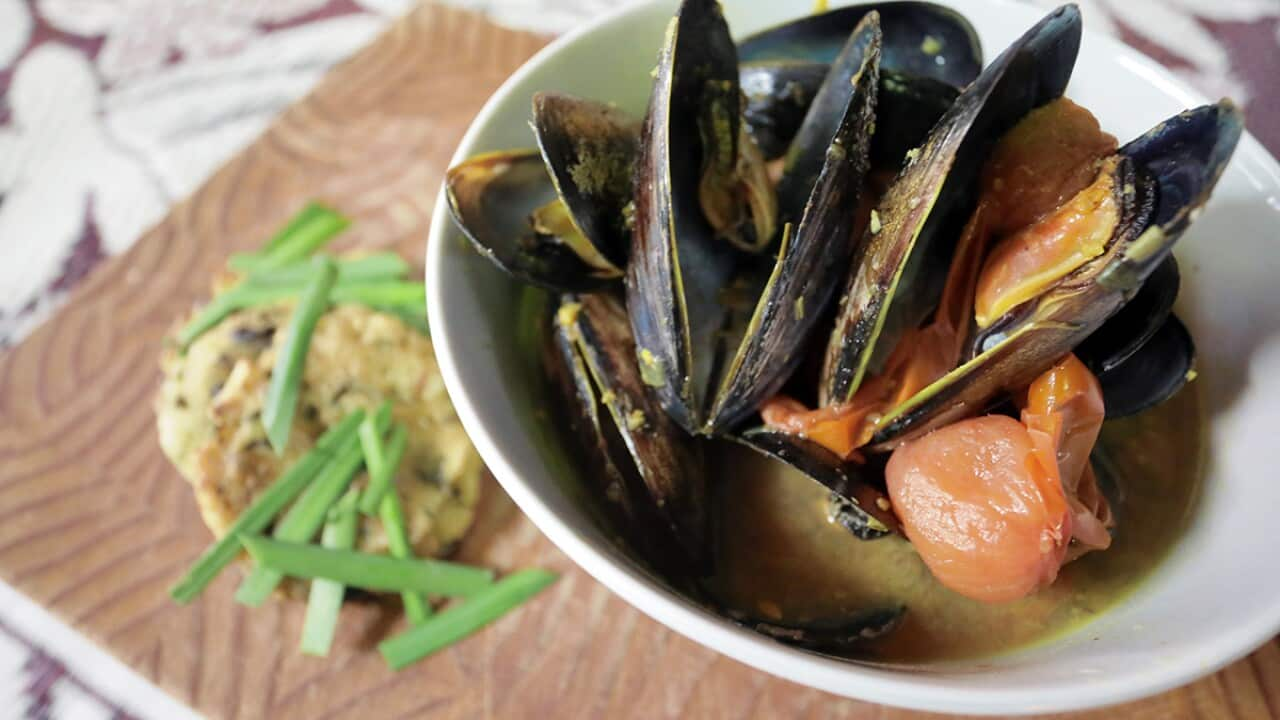A big bowl of delicious mussels, swimming in your favourite sauce, has the potential to do more than just satiate your appetite.
Evidence suggests that of animal protein and are a low carbon and environmentally sustainable food choice.
published in the journal Nutrients earlier this year found that farmed mussels offer more protein per kilogram of edible product than eggs. They also have a low environmental footprint and their greenhouse gas (GHG) emissions are similar to those of tofu.
The study proposes that a diet rich in mussels could provide a healthy alternative to people who want to adopt a low carbon diet but don’t want to go fully vegan.
“Mussel production has a relatively low GHG production and does not put undue pressure on land or freshwater supplies,” the study reads. “…They are a sustainable source of high-quality protein, long-chain omega-3 fatty acids, phytosterols, and other key micronutrients such as B12 and iron.”
Mussels vs Tofu
The international report compared eight popular types of protein – beef, lamb, pork, poultry, eggs, tofu, salmon and – observing their protein content and GHG emissions.
The results showed that blue mussels (also known as the common mussel) produced less GHG than all of the animal proteins analysed, including salmon.
Greenhouse gas emissions of blue mussels was only slightly more than tofu. Every edible kilogram of blue mussels produced 600 grams while every kilo of tofu produced 100 grams.
“Mussels outperform other protein sources in many areas, in particular iron and B12,” the study involving researchers from Iran, UK and Australia reads.
“While mussels have a similar protein content per 100 g of edible portion to tofu, the protein content per kilojoule is better in mussels. This means that mussels can deliver more protein in less energy and with less accompanying fibre than tofu.”
The lowdown on the low carbon food
Why do mussels have a light carbon footprint? The sustainable seafood program manager of the Adrian Meder, explains that farmed mussels can be sustainably fed without much human interference.
“The advantage of mussels from an environmental point of view is that you simply put the ropes into the water and they pretty much feed themselves,” says Meder.
“There are no fertilisers needed, land to be cleared, or trawling.”
Managing director of , Andrew Puglisi, says his mussels grown on the Eyre Peninsula, filter 20 litres of seawater a day and feed off the high concentrations of sea-based nutrients.
“Our mussels eat the natural nutrients the ocean has to offer,” says Puglisi, who is a fifth-generation fisherman of Italian heritage. “They take excess nutrient loadings out of the water. This reduces the risk of toxic algal blooms that can happen when there are really high levels of nutrients in the water.
“Mussels also balance local ecosystems and become meatier and more nutrient-dense depending on the seawater they are grown in.”
How to cook with mussels
Despite the fact that mussels are a nutritious, versatile and , Australians don’t have a long history of eating them.
“Australia is generally a red meat and two veg type of country,” Puglisi explains. Compared to other countries like or France, we don’t eat a lot of seafood or, specifically, mussels day-to-day.
“But we’re starting to see a shift in the consumption of mussels here in Australia, as we start to catch onto how good mussels are for us.”
Puglisi believes things are starting to change as more pubs and restaurants experiment with mussel dishes, making more consumers aware of the ingredient’s cooking potential.
“Mussels go so well in so many fantastic types of dishes. A really good traditional way of eating them is in a big bowl with a nice tomato and chilli sauce. But they also go really well with garlic and parsley, served as a tapas meal.
“You can start and finish cooking a mussel dish, dressed in a sauce and served with bread in about 15 minutes. Mussels really are a quick, easy and healthy protein to cook with.”
Love the story? Follow the author here: Instagram













